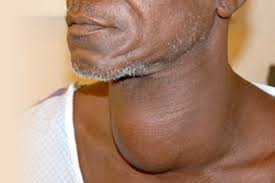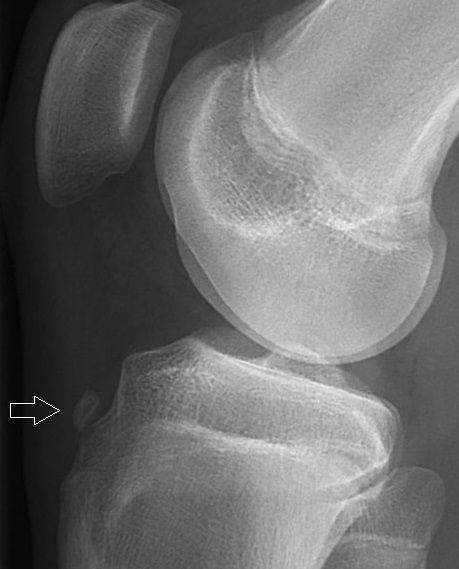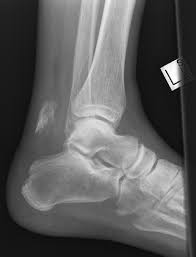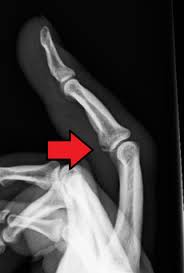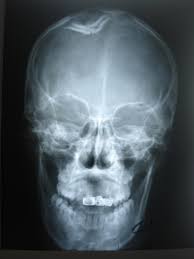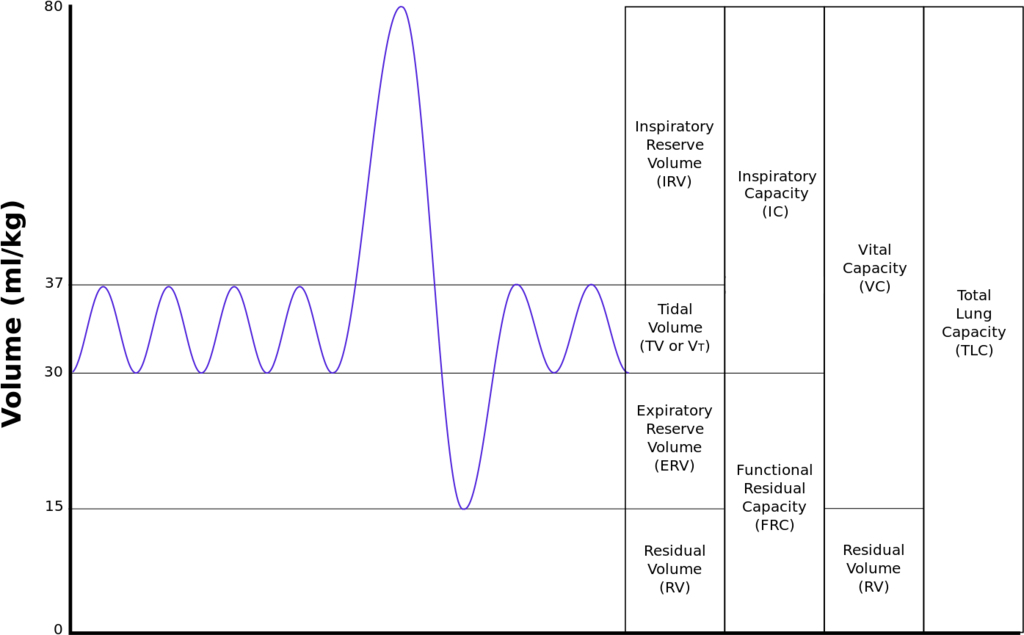B.Sc. (Nursing) Degree Examination
Fourth semester
(Revised/Modified Regulations)
Paper I - Principles and Practice of Adult Nursing/Medical Surgical Nursing
Section C
SECTION -C (15 x 1 = 20 marks)
(Multiple Choice Questions)
Select the most appropriate response.
1. The following factors predispose the oncologic patients to infection except
a) Chemotherapy
b) Radiation therapy
c) Malnutrition
d) Over nutrition
2. An indication for an elective surgery is
a) Intestinal obstruction
b) Ureteral stone
c) Extensive burns
d) Simple hernia
3. The temperature of the post anaesthesia recovery room should be
a) 20 - 22 ° C
b) 30 - 35 ° C
c) 10 - 12 ° C
d) 5 - 10 ° C
4. The classic signs of shock include the fllowing except
a) Pallor, cool moist skin
b) Shallow breathing with high BP
c) Rapid breathing and ? pulse pressure
d) Rapid weak thready pulse and low BP
5. In phlebothrombosis, the patient with knee flexed may complain of pain in the calf muscle on dorsiflexion of foot the sign elicited is called
a) Kernig's sign
b) Brudzinski sign
6. In pericarditis while auscultating the type of sound heard during systole and diastole is
a) Gallop sound
c) Murmurs
d) Clicks
7. Cardiac specific CK isoenzyme is
a) CK-MM
b) CK-BB
c) CK-MB
d) LDH
8. Manifestations of left sided heart failure include the following except
a) Orthopnoea
b) Paroxysmal nocturnal dyspnoea
c) Cough
d) Dependent oedema
9. Reduction in all cellular elements of the blood is called
a) Hemophilia
b) Anemia
c) Thrombocytopenia
d) Pancytopenia
10. Nursing considerations in preparing a patient for fiberoptic sigmoidoscopy include the following except
a) Administer warm tap water enema
b) Put the patient nil orally
c) Explain the procedure to patient
d) Assist the patient to assume knee chest position
11. Thyroid deficiency present is referred to as
a) Myxoedema
b) Cretinism
c) Goitre
d) Hypothyroidism
12. An immediate observation of a burn patient would most importantly include
a) Physical development
b) Head circumference
c) Height and weight
d) Quality of respirations
13. A condition in which a bone fragment is pulled away by a ligament or tendon is known as
a) Depressed fracture
b) Strain
c) Avulsion fracture
d) Closed fracture
14. The volume of air that is measured during a slow maximal expiration after a maximal inspiration is called as
a) Forced inspiratory capacity
b) Minute ventilation
c) Vital capacity
d) Residual volume
15. The nursing considerations for a client on thiazide diuretic include the following except
a) Watch for postural hypertension
b) Administer supplementary potassium
c) Measure blood pressure in three positions
d) Caution the patient to rise slowly


